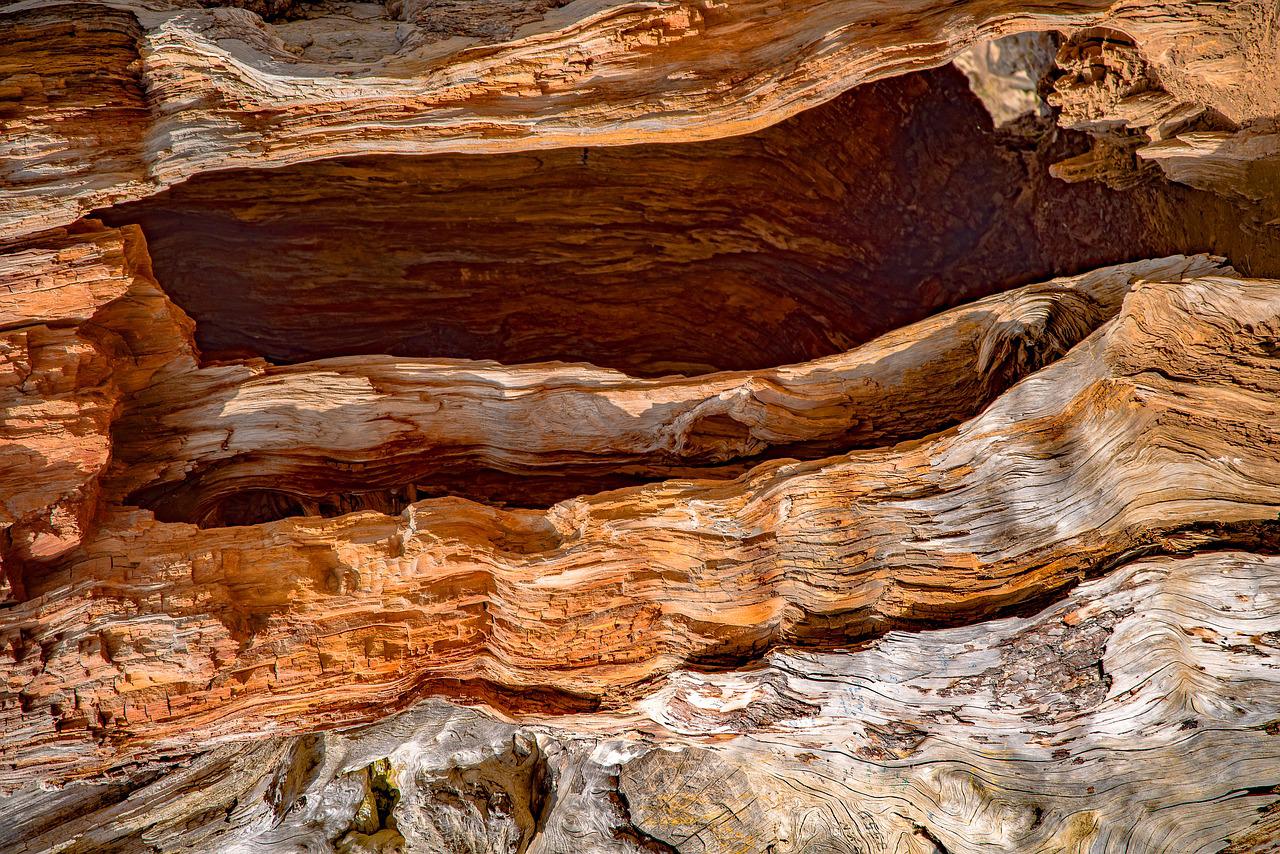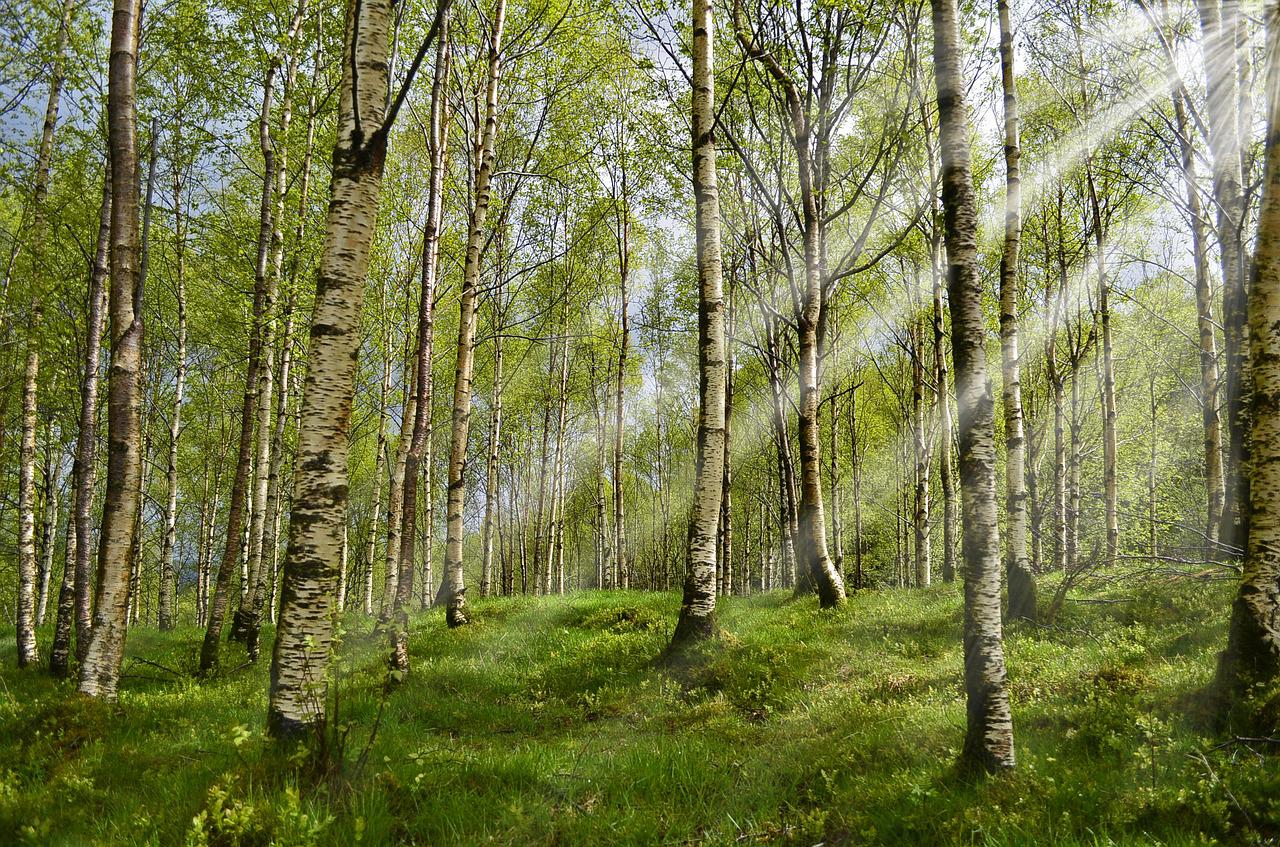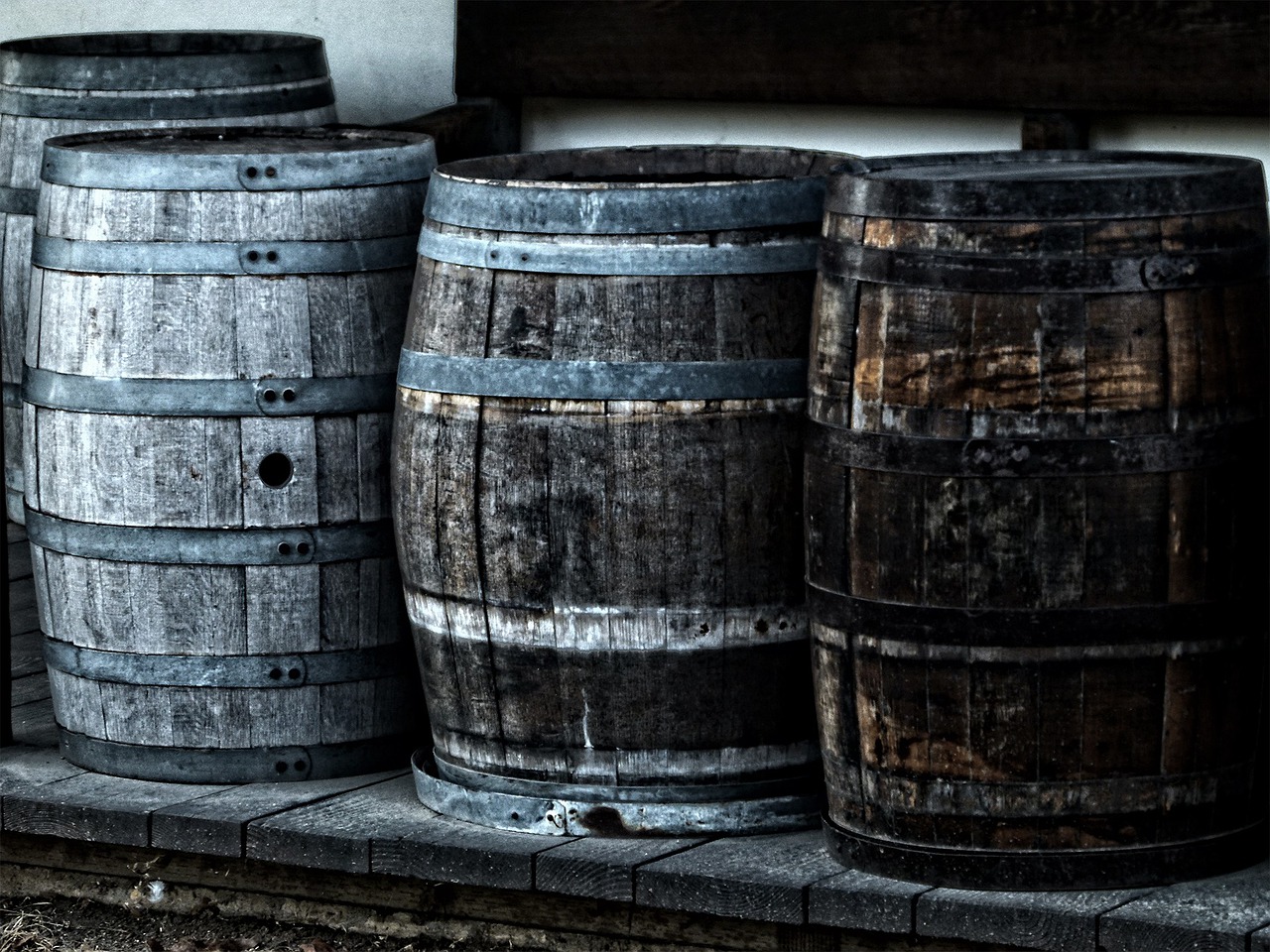The five senses that make us human are all important, but our sense of smell is perhaps the most captivating and the one that often brings to mind memories and experiences. Certain things give off particularly recognisable fragrances, including wood. Its unique olfactory properties are one of its defining characteristics, and their aromas are impossible to recreate. Each type of wood has its own easily identifiable scent, and this makes us value this material for what it is: heterogenous, with many different varieties that can generate a diverse range of sensations.
Where does that woody smell come from?
The explanation behind the smell of wood is quite interesting: it’s actually the result of a substance that is generated by the tree’s own ‘immune system’. The scent of cedar wood, for example, is a natural insect repellent, so it’s no wonder that in Nordic countries and in England it’s placed inside furniture and drawers to ward off moths and worms.
All cedar trees are made of wood that produce resins with pleasant and enduring scents, making it one of the most frequently used types of wood in Europe. It’s also used to make air fresheners. Then there is the Lebanese cedar, with its very unique smell. It’s also traditionally used as an insect repellent, which is one of the reasons why it was used to make furniture in Spain in the past.

Sandalwood and birch in pharmaceuticals and perfume products
Even though the cedrum genus is one of the most recognisable and well-known wood smells, especially when it’s freshly cuth, there are many species that have a pleasant effect on our olfactory system, which is why the pharmaceutical and perfume industries have a growing interest in them. Cedarwood has antiseptic and relaxation properties and is a great decongestant for those suffering from nasal infections. A well-known example of this scent on the market is the Wood dsquared2 perfume, a heady combination of cedarwood and other, more exotic species such as cinnamon and clove.
There are other trees and bushes from whose resin, leaves, or wood some very pleasant aromas can be extracted. Sandalwood is one of the most recognisable and oldest perfume ingredients that we know of. A sacred tree in India, it’s been used for centuries for its fragrant, medicinal, and sculptural properties. Unlike other types of fragrant wood such as pine and cedar, which are normally associated with fresh air, sandalwood is described as deep, intense, sweet, cosy and, most of all, enduring. There are different species of sandalwood tree which are mainly found in India (Santalum Album), as well as Oceania and Latin America.

The birch tree is very strong. One of the many uses of the wood of some of its species, such as the silver birch, is the acrid aroma used in leather oil and cosmetics, including soaps and shampoos. Its bark also has waterproof qualities, making it perfect for use in wooden boats.
Wood and wine
The combination of scent and wood is also important in the wine industry. Oak wood has been used since ancient times to age wine and distillates because of properties which are then passed onto the wine, giving it spicy, vanilla, or berry-like notes. It’s easy to work with and allows oxygen to circulate, giving the wine some lovely aromas.
But not all oak trees are the same. The climate in the areas where the trees grow can vary, even within the same forest. The trees that grow on the outskirts of a forest experience significant weather changes, which can give the wood a harsh, pickle-like taste; oak trees in the centre of an oak grove aren’t exposed to difficult weather conditions, giving them a sweet, apple-tinged wood, which is harder to access and therefore more expensive.

Contact between wine and wood in a barrel is essential, although it’s important to consider the origin of the wood and its size, how charred it is, and how many years it will be used for. Barrels pass on the distinct characteristics of their wood to the wine, but some other aromas will also be absorbed due to the contact between the wood and the wine over time. After sitting in the barrel, the wine may take on the taste and smell of spices like pepper in the wine, or even aromas that will remind the drinker of the type of wood itself, such as oak or cedar.
When it comes to interior design, we can’t disregard our sense of smell and all of the possibilities that come along with it. The sensory universe of wood is huge and diverse. One only has to stop and let its aroma wash over you, like that of a tree in the middle of a forest, or freshly cut wood, or the fragrances in essential oils or a natural air freshener. This material is a part of nature, more than just a piece of furniture, and it always provides pleasant and enriching experiences. It also invites us to experience life, because organic or natural things are good companions, both inside and outside the home.




